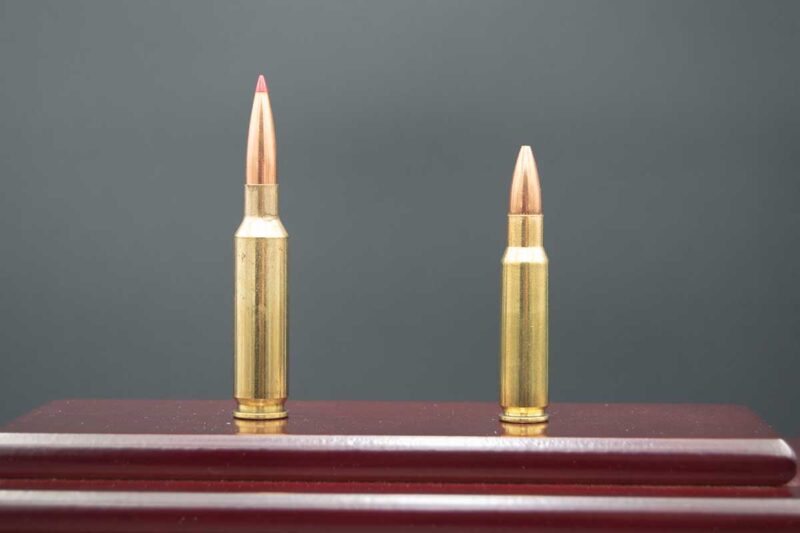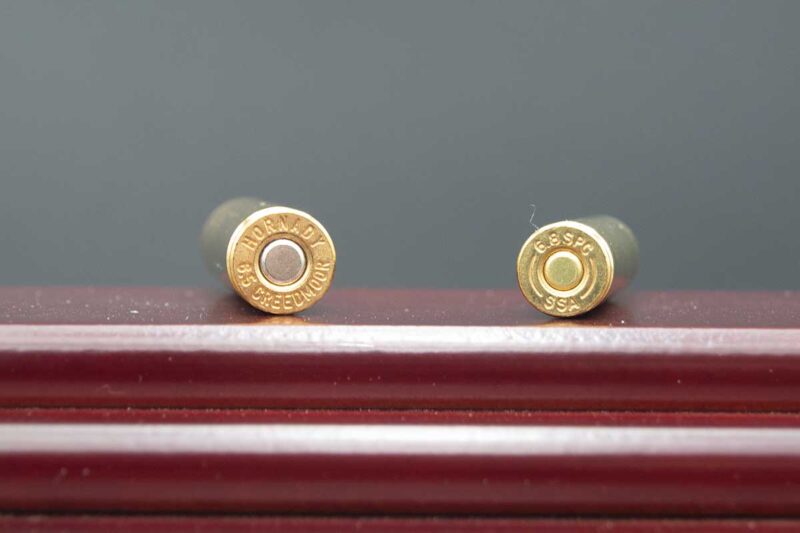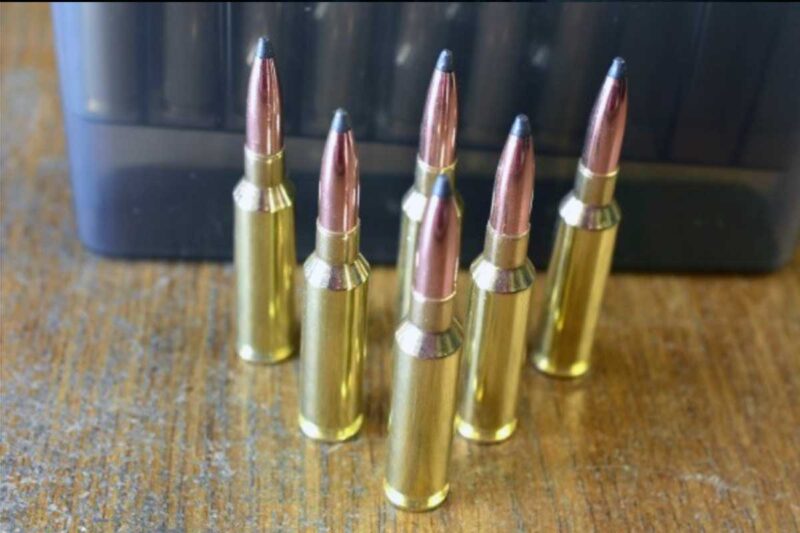
By Allen Forkner, GunBroker.com Editor
The 6.5 Creedmoor takes on an early contender from the military’s serch for a new round
In what felt like a never ending story, the U.S. military sought a replacement cartridge to the 5.56mm NATO round for the better part of two decades. A .277/6.8mm-based round was recently named as the Department of Defense’s heir apparent, but this new caliber’s roots go even further back.
In the early 2000’s, a U.S. military-led study into bullet performance found that the 6.5-6.8mm range provided the best balance of aerodynamic performance, sectional density, bullet weight and overall ballistics.
This led the 5th Special Forces Group, working with Remington, to develop the 6.8 Special Purpose Cartridge, or SPC. So, how does this well-funded and heavily researched stackup to the 6.5 Creedmoor?

In This Corner: 6.8 SPC
Right out of the gate, the 6.8 SPC is hamstrung by the initial need for the cartridge to work in a standard AR-15 and magazine. This made sense at the time, as the military has millions of M4/M16 platforms, so even the necessary barrel and boltface swap was a logistical nightmare. Add in new receivers and magazines and this becomes an exercise in futility.
Bullet weights are limited to the 85-110 grain range for use in an AR platform, although a few bolt action rifles are chambered in 6.8 SPC that can accept longer bullets up to 130 grains in weight.

When compared to the 55-75 grain 5.56mm rounds currently in military service, that’s an almost doubling in bullet weight (55 grains to 110 grains). The oddity, however, lies in the case.
You would think the parent case, a 30 Remington, would give greater capacity, but you would be mistaken. The longer 6.8mm/.264-inch bullet seats deeper, cutting into that advantage. If you look at the 110-grain 6.8 SPC capacity, you see 27.5 grains max capacity. Compare that to the 69-grain 5.56mm load that is military standard and you’ll find… 27.5 grains max capacity.
What is the advantage of the 6.8 SPC?
The 6.8 SPC allows for a bigger bullet and more terminal ballistics in AR15-sized rifles.
In This Corner: 6.5 Creedmoor
Bigger bullets (125-130 grains), more powder (49.5 grains) and similar external ballistics allow the 6.5 Creedmoor to bring a stout downrange thump. Still travelling supersonic well past 1,000 yards, the 6.5 Creedmoor maintains its accuracy far longer than competitors that hit the aerodynamic wall known as the speed of sound sooner.
The 6.5 Creedmoor is also a very versatile technical cartridge, with it’s parent case being the ubiquitous .308 Winchester. This means a simple barrel swap and every .308 in the world can become a 6.5 Creedmoor.

The Verdict: 6.5 Creedmoor Wins
In another walkover, the 6.5 Creedmoor dominates the data here. Heavier bullets, more powder, longer range, stronger downrange ballistics.
The Creedmoor does take a few dings in that it’s incompatible with standard AR-15 receivers, and necessitates an AR-10-size rifle. But beyond that, the 6.5 Creedmoor simply outworks the 6.8 SPC from point blank range to the 1,500 yard line and beyond.
If weightlifters live by the “Bigger, Stronger, Faster” motto, then the 6.5 Creedmoor is ready for the Mr. Olympia competition.
Stay tuned to see what cartridge takes on the 6.5 Creedmoor in our next head-to-head battle.
Related Articles: Versus Series: In This Corner, the 6.5 Creedmoor
Related Articles: Versus Series: 6.5 Creedmoor vs the 6.5 Grendel
Related Articles: The Most Controversial Round: 6.5 Creedmoor | What Is It Good For | No Lowballers Podcast Episode 20


![Custom Ruger Precision Rifle RPR 6.5 Creedmoor [Video]](https://content.gunbroker.com/wp-content/uploads/2023/02/New-Custom-Ruger-Precision-Rifle-RPR-6.5-Creedmoor-Video-T0dXRKrB-1280-400x225.jpg)
